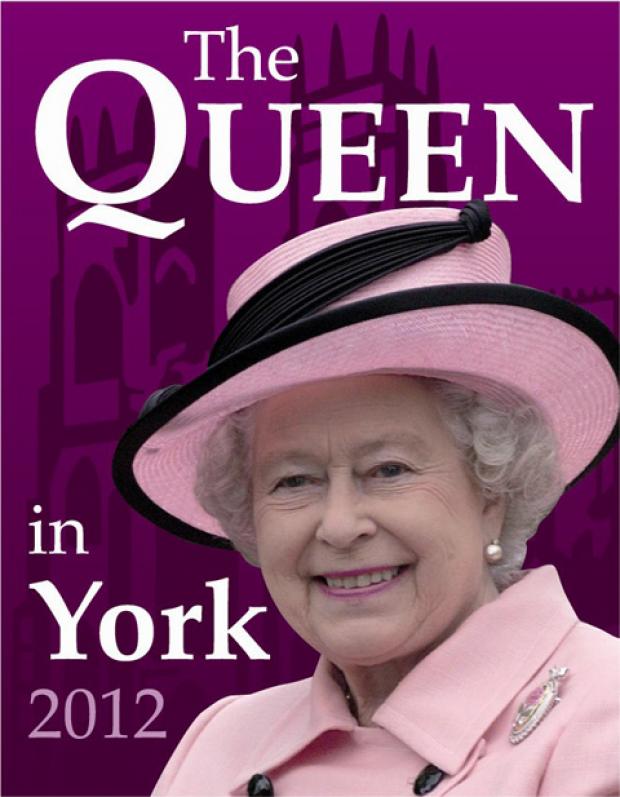Traditionally the main gift at this time of year is an egg. It symbolizes a new life and is a sign of a new beginning, as winter is over. In Victorian England hard boiled eggs were painted and rolled down the hills to symbolize the stone which was rolled away from Christ´s tomb.
Nowadays chocolate Easter eggs are also popular in Britain. Sometimes people hide Easter eggs and children look for them. The first chocolate eggs were introduced in England in the 19th century.
Fabergé eggs in the Kremlin Museum
Each egg is a unique creation encrusted with precious jewels. Inside the eggs were hidden miniature surprises. The eggs were given by members of the imperial Family as Easter gifts.
There are 50 Imperial Easter Eggs in the world. Queen Elizabeth II owns the largest private collection: three. It was King Edward VII and his wife Alexandra who started the royal collection of Faberge works.
These eggs created by Faberge for the Russian royal family have become well-known pieces of art around the world.
The Mosaic egg was made for Nicholas II of Russia, who presented it to his wife, the Empress Alexandra Feodorovna (Queen Victoria´s granddaughter) in 1914. It was later purchased by the British Royal Family in 1934.
The Fabergé Diamond Jubilee Egg
Crafted with precisely 500 grams of rose gold, the one-of-a-kind egg is topped with 60 gemstones—one for each year of the Queen’s reign.The Diamond Jubilee Egg is valued at $157,850 and is the top prize in the The Fabergé Big Egg Hunt. It will be on display at the Fabergé boutique from February 21 until April 1, and then at Harrods in Knightsbridge from April 2 -8.
Maundy Thursday
Maundy Thursday commemorates the Last Supper of Jesus Christ with the Apostles. The term “Maundy” comes from the word “mandatum,” Christ’s commandment to love one another.


On this date the Queen distributes Maundy money to an equal number of men and women. The number of recipients is related to the monarch’s age. Buckingham Palace says the tradition of the monarch handing out money to subjects dates back to the 13th century. The source of the coins and the honour of receiving them make them more valuable than their face value: a few pennies totaling the age of the sovereign.
Hot cross Buns

On Good Friday Christians remember Jesus who died on the cross. In Britain hot cross buns are popular on Good Friday.
No Easter would be complete without these spiced buns.
References:
Burrell, Paul. In the Royal Manner. Warner Books, 1999







Sem comentários:
Enviar um comentário